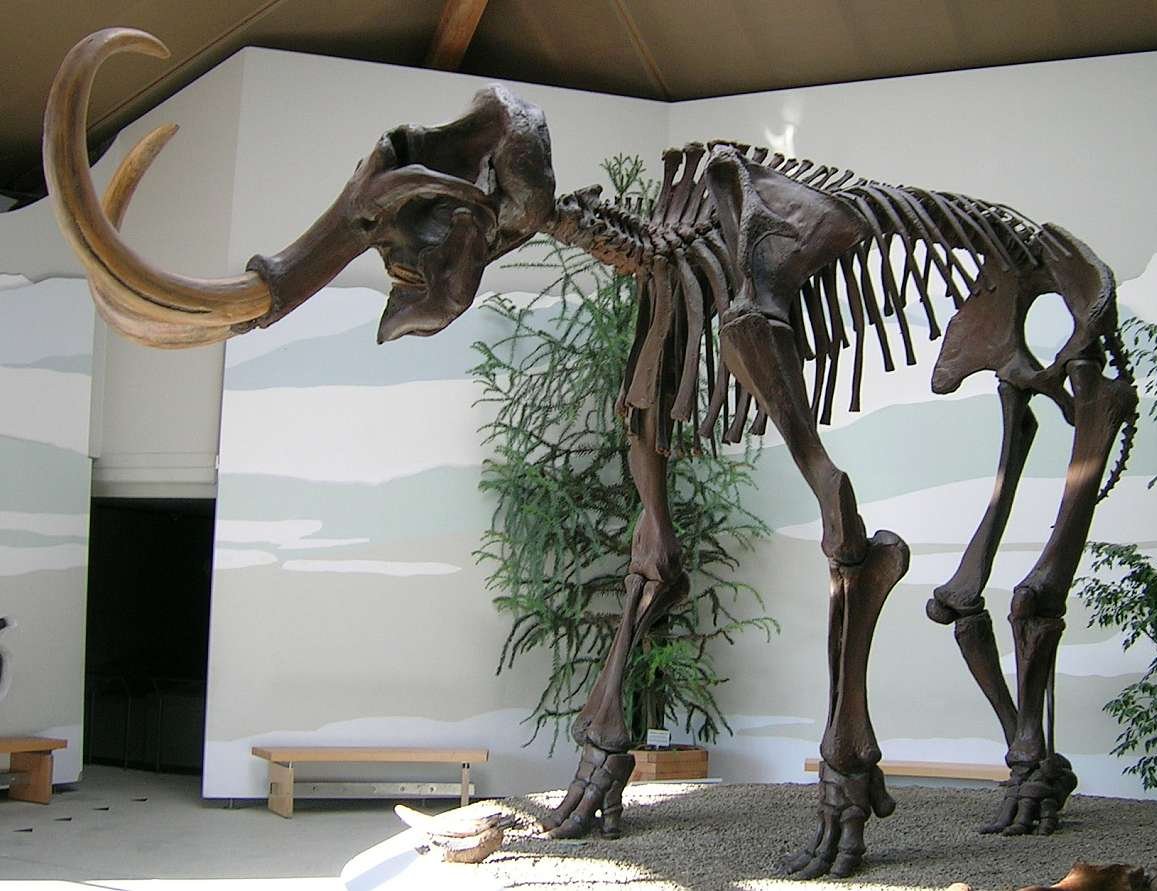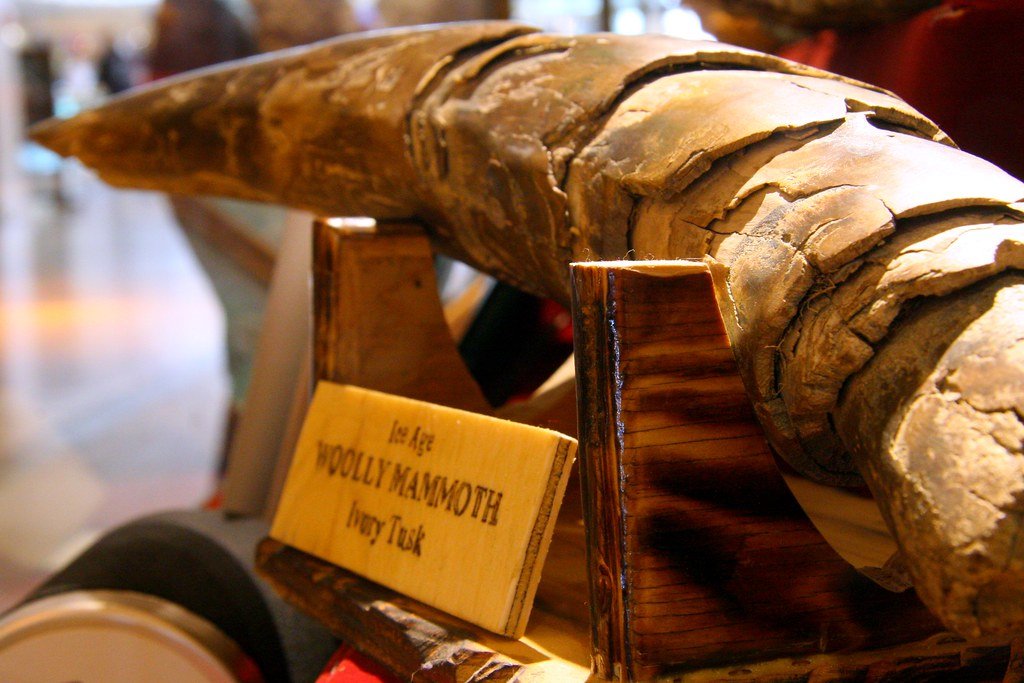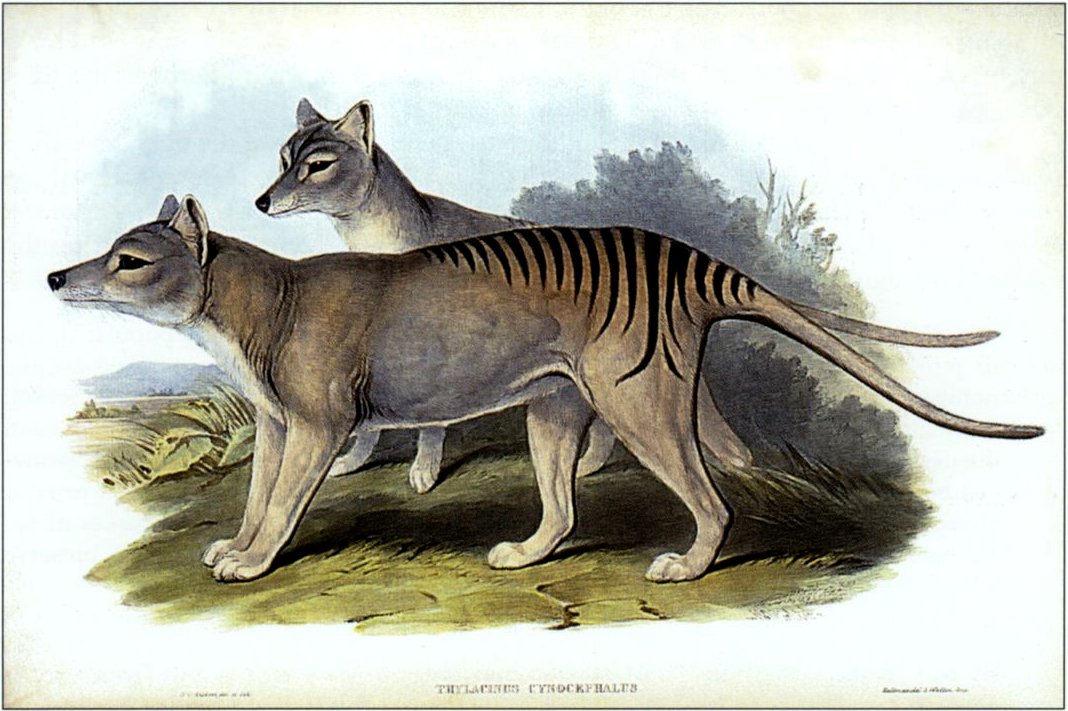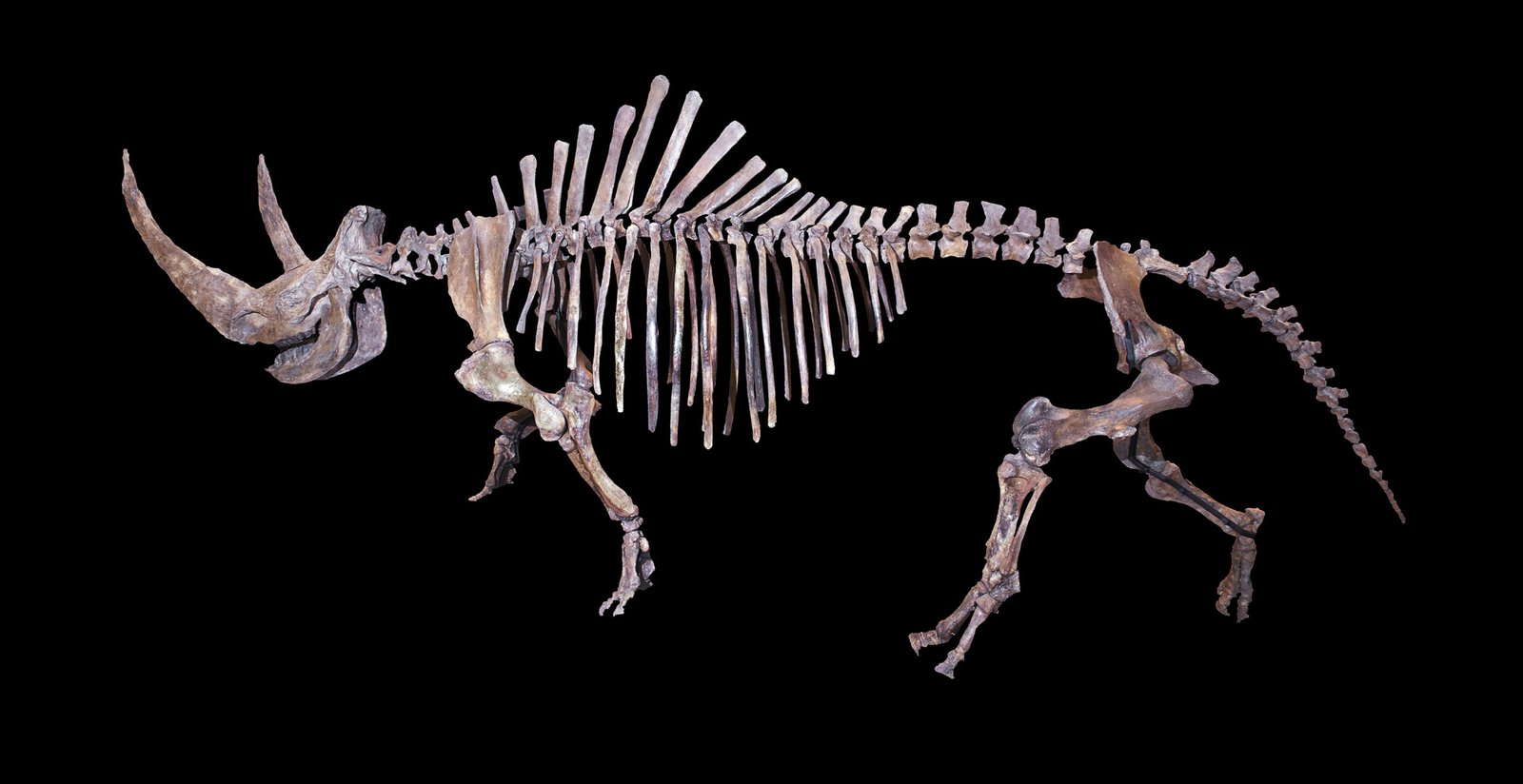Imagine walking through a forest and hearing the thunderous roar of a woolly mammoth echoing through the trees, or watching a Tasmanian tiger prowl through the underbrush for the first time in nearly a century. This isn’t science fiction anymore—it’s becoming a real possibility that’s dividing scientists, ethicists, and conservationists around the world. The technology to resurrect extinct species, known as de-extinction, has moved from fantasy to laboratory reality, sparking intense debates about whether we should bring back creatures that nature—or humanity—has already claimed.
The Science Behind Bringing Back the Dead

De-extinction relies on cutting-edge genetic technologies that would have been impossible just a few decades ago. Scientists use techniques like CRISPR gene editing to modify the DNA of closely related living species, essentially “reverse-engineering” extinct traits back into existence. The process involves extracting genetic material from preserved specimens—like frozen mammoth remains found in Siberian permafrost—and then editing the genome of a living relative to match the extinct species.
The woolly mammoth project, led by Harvard geneticist George Church, exemplifies this approach. Researchers are editing Asian elephant DNA to include mammoth traits like cold-resistant fur, smaller ears, and specialized blood proteins that function in freezing temperatures. While they haven’t created a full mammoth yet, they’ve successfully modified dozens of genes in elephant cells.
Success Stories That Prove It’s Possible

The Pyrenean ibex, or bucardo, became the first extinct animal to be “un-extinct” in 2003, though the achievement was bittersweet. Spanish scientists used cloning technology to bring back this mountain goat subspecies that had died out three years earlier. A female ibex was born alive but died within minutes due to lung defects—proving that resurrection was possible, even if imperfect.
More recently, scientists have made remarkable progress with the passenger pigeon, once North America’s most abundant bird before being hunted to extinction in 1914. The nonprofit Revive & Restore has been working to edit the genome of the closely related band-tailed pigeon, potentially bringing back a species that once darkened skies with flocks numbering in the billions.
The Woolly Mammoth Project: Our Closest Bet

No de-extinction project captures public imagination quite like the woolly mammoth revival. These massive creatures roamed Earth until about 4,000 years ago, and their well-preserved remains in Arctic ice provide excellent genetic material for reconstruction. The goal isn’t just scientific curiosity—mammoth-like creatures could help restore Arctic ecosystems by trampling down snow, allowing cold air to reach the ground and preserve permafrost.
The project faces enormous challenges, from the technical difficulty of editing thousands of genes to the ethical questions about creating animals that might not fit in modern ecosystems. However, advances in artificial wombs and surrogate pregnancy techniques are making the dream increasingly realistic.
Why Some Species Make Better Candidates Than Others

Not all extinct species are equally suitable for resurrection. The best candidates died out recently enough that their DNA remains well-preserved and their closest living relatives still exist. Species that went extinct due to habitat loss rather than genetic factors also stand better chances of survival if brought back.
The thylacine, or Tasmanian tiger, represents an ideal candidate because it only went extinct in 1936, has well-preserved specimens, and has a close relative in the Tasmanian devil. In contrast, dinosaurs remain firmly in the realm of science fiction because their DNA degraded completely over millions of years, despite what movies like Jurassic Park might suggest.
Environmental Benefits: Restoring Lost Ecosystems

Proponents argue that de-extinction could help restore damaged ecosystems by reintroducing keystone species that played crucial ecological roles. Large herbivores like mammoths once shaped entire landscapes, creating diverse habitats that supported numerous other species. Their return could potentially help combat climate change by maintaining grasslands that store more carbon than forests in Arctic regions.
The American chestnut tree project demonstrates this principle on a smaller scale. Scientists are working to bring back blight-resistant chestnuts that once dominated Eastern forests, potentially restoring biodiversity and carbon storage to millions of acres. Such projects show how de-extinction could serve broader environmental goals beyond mere species resurrection.
The Moral Obligation: Fixing Our Mistakes

Many scientists and ethicists argue that humans have a moral responsibility to undo extinctions we caused. The passenger pigeon, great auk, and countless other species disappeared primarily due to human hunting, habitat destruction, or introduced diseases—not natural evolutionary processes. From this perspective, de-extinction represents a form of environmental justice, allowing us to correct historical wrongs.
This argument becomes particularly compelling when considering recently extinct species whose loss directly resulted from human actions. The northern white rhinoceros, functionally extinct with only two females remaining, represents a species we could potentially save through advanced reproductive technologies and genetic rescue efforts.
Playing God: The Ethical Concerns

Critics raise profound ethical questions about humanity’s right to resurrect extinct species. They argue that extinction is a natural process, and interfering with it represents dangerous hubris—a form of “playing God” that could have unintended consequences. The concern extends beyond individual animals to entire ecosystems that have adapted to life without these species over hundreds or thousands of years.
There’s also the question of animal welfare. Resurrected species might suffer from genetic abnormalities, behavioral problems, or inability to adapt to modern environments. The Pyrenean ibex case illustrates these concerns—the cloned animal lived only briefly and may have experienced suffering during its short life.
Ecological Risks: What Could Go Wrong

Introducing extinct species back into modern ecosystems carries significant ecological risks. These animals would essentially become invasive species in environments that have evolved without them for decades or centuries. They might outcompete native species, disrupt food chains, or lack natural predators to keep their populations in check.
The cane toad introduction in Australia serves as a cautionary tale about well-intentioned species introductions gone wrong. Even bringing back native species could have unexpected consequences if ecosystems have fundamentally changed since their extinction. Climate change, habitat fragmentation, and altered species compositions mean that “restored” ecosystems might function very differently than historical ones.
Economic Realities: The Cost of Resurrection

De-extinction projects require enormous financial investments that could potentially be directed toward saving currently endangered species instead. The woolly mammoth project alone has received millions in funding, while many existing species face extinction due to lack of conservation resources. Critics argue this represents a misallocation of limited conservation dollars.
However, supporters counter that de-extinction research drives technological advances that benefit broader conservation efforts. Genetic rescue techniques developed for extinct species can help save endangered ones, while the public excitement around resurrection projects generates interest and funding for conservation overall.
Legal and Regulatory Challenges

The legal status of resurrected species remains murky in most jurisdictions. Would a genetically reconstructed mammoth be considered the same species as its extinct ancestor, or something entirely new? This classification affects everything from conservation protections to research regulations to ownership rights over the technology and resulting animals.
International agreements like CITES (Convention on International Trade in Endangered Species) don’t address de-extinction scenarios, creating regulatory gaps that could complicate conservation efforts. Some countries are beginning to develop specific frameworks for de-extinction research, but global coordination remains lacking.
Genetic Diversity: The Missing Puzzle Pieces

One of the biggest challenges in de-extinction is the loss of genetic diversity that occurs when species go extinct. Even with perfect genetic reconstruction, resurrected populations would likely have much lower genetic diversity than their extinct ancestors, making them vulnerable to diseases and environmental changes. This genetic bottleneck effect could doom revival efforts before they truly begin.
The northern white rhinoceros exemplifies this problem—even if scientists successfully create new individuals, the species would be built from the genes of just a few surviving animals. This lack of genetic diversity might make the population unsustainable in the long term, raising questions about whether such efforts are worth pursuing.
Public Opinion: What People Think

Public attitudes toward de-extinction vary widely depending on the species and context. Surveys show that people generally support bringing back recently extinct species that disappeared due to human actions, especially charismatic megafauna like mammoths or Tasmanian tigers. However, support drops significantly for species that went extinct naturally or long ago.
Cultural and religious perspectives also influence public opinion. Some view de-extinction as humanity’s responsibility to repair environmental damage, while others see it as unnatural interference with divine will or natural order. These diverse viewpoints complicate policy-making and funding decisions around de-extinction research.
Alternative Approaches: Genetic Rescue vs Full Resurrection

Rather than full de-extinction, some scientists advocate for “genetic rescue” approaches that introduce extinct species’ genes into closely related survivors. This strategy could restore lost genetic diversity and ecological functions without the complexity of recreating entire extinct species. The approach is already being tested with endangered species like the black-footed ferret and California condor.
Proxy species represent another alternative—creating animals that fulfill the ecological role of extinct species without being genetically identical. The mammoth project actually follows this model, creating “mammoth-like” elephants rather than true mammoths. This approach might be more practical and ethically acceptable than full resurrection.
Conservation Priorities: Where Should We Focus?

The de-extinction debate highlights fundamental questions about conservation priorities. With limited resources and thousands of species currently facing extinction, should we focus on preventing future losses or reversing past ones? Many conservationists argue that protecting existing endangered species should take precedence over resurrecting extinct ones.
However, de-extinction supporters contend that these aren’t mutually exclusive goals. The technologies and public interest generated by resurrection projects could ultimately benefit all conservation efforts. The key is ensuring that de-extinction complements rather than competes with traditional conservation work.
Technological Limitations: What We Can’t Do Yet

Despite remarkable advances, significant technological hurdles remain. Current genetic editing techniques can’t perfectly reconstruct complex traits that involve multiple genes working together. Behavioral characteristics that depend on learning from parents pose particular challenges—how would a resurrected mammoth learn to be a mammoth without mammoth parents to teach it?
Reproductive biology presents another major obstacle. Creating viable embryos is just the first step; successful pregnancy, birth, and survival to adulthood all require precise understanding of extinct species’ physiology and behavior. These limitations mean that true de-extinction may remain elusive for many species, despite continued technological progress.
Indigenous Perspectives and Cultural Considerations

Indigenous communities often have unique perspectives on de-extinction that reflect their traditional relationships with extinct species. Some Native American tribes support bringing back species like the passenger pigeon, viewing it as restoring balance to ecosystems their ancestors knew. Others worry about the cultural and spiritual implications of resurrection, particularly regarding species that hold sacred significance.
These viewpoints add important dimensions to de-extinction debates, reminding us that species extinction affects human communities as well as ecosystems. Including indigenous voices in de-extinction discussions could provide valuable insights about historical ecosystems and the cultural meaning of lost species.
Future Prospects: What Lies Ahead

The future of de-extinction likely depends on technological advances, successful proof-of-concept projects, and evolving public attitudes. Improvements in gene editing, artificial reproductive technologies, and our understanding of complex traits could make resurrection more feasible and reliable. However, ethical and ecological concerns will likely persist regardless of technological progress.
The field is moving toward more modest goals—genetic rescue of endangered species, restoration of specific ecological functions, and creation of proxy species rather than perfect resurrection. This pragmatic approach might prove more successful and acceptable than ambitious attempts to bring back long-extinct species exactly as they were.
A Decision That Defines Our Future

The de-extinction debate ultimately reflects deeper questions about humanity’s relationship with nature and our responsibility for the biodiversity crisis. Whether we choose to pursue resurrection projects or focus solely on preventing future extinctions will shape both our technological capabilities and our ethical framework for environmental stewardship. The science may be advancing rapidly, but the wisdom to use it appropriately will require careful consideration of all perspectives—scientific, ethical, cultural, and ecological.
As we stand at this crossroads between technological possibility and ethical uncertainty, one thing remains clear: the decisions we make about de-extinction will reverberate through ecosystems and human societies for generations to come. The question isn’t just whether we can bring back extinct species, but whether we should—and what that choice says about who we are as a species.




